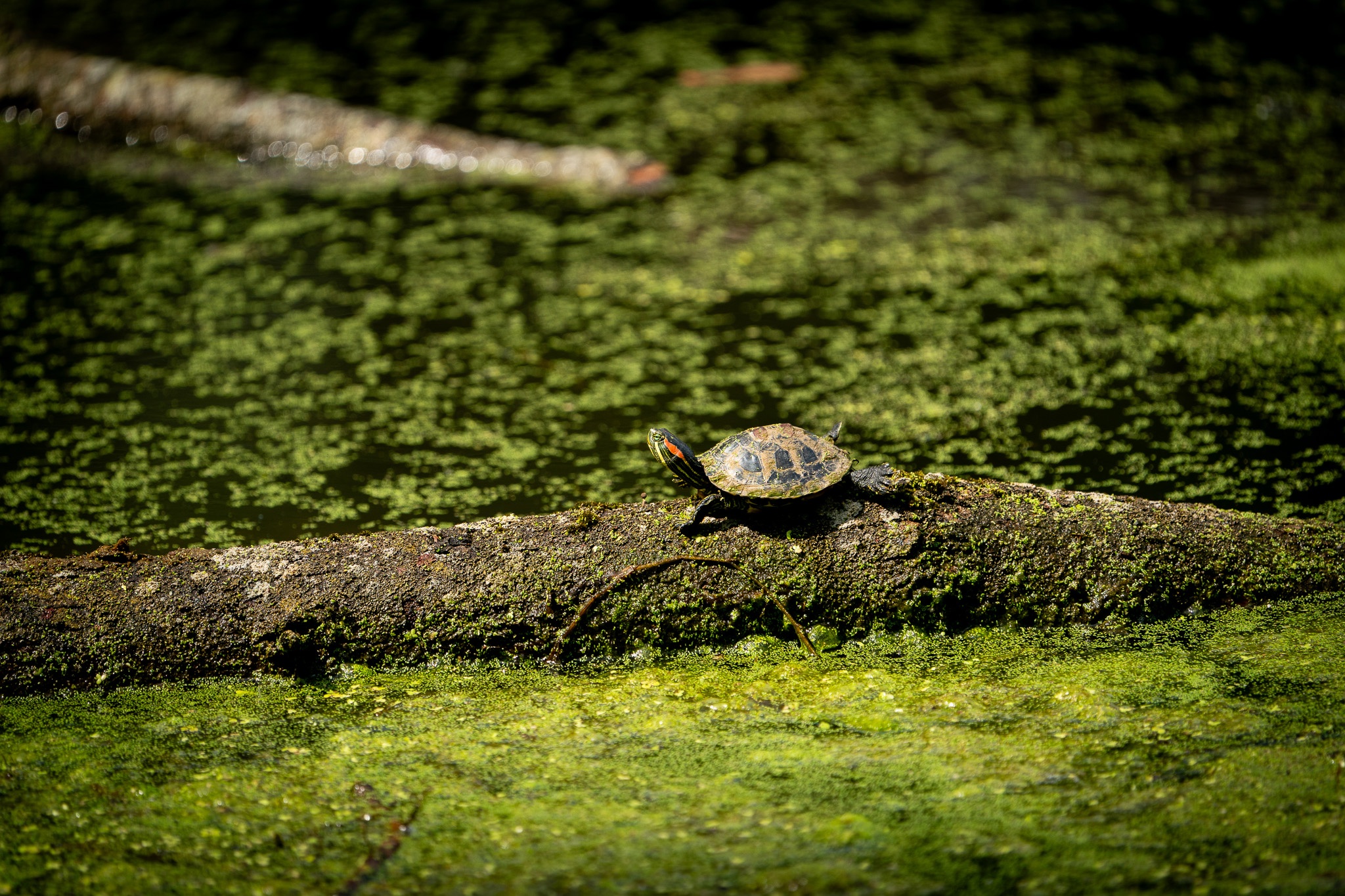Towson Run Restoration
- Towson
- Maryland
- United States
A degraded stream flowing through an urban university campus is restored, improving water quality and habitat.
Towson Run, a tributary to the Jones Falls that flows through the campus of Towson University, is considered a small municipal separate storm sewer system and is subject to regulation by the National Pollutant Discharge Elimination System under the Clean Water Act. Its waters ultimately flow to the Chesapeake Bay. Stormwater runoff from surrounding impervious surfaces was eroding and degrading a 1,250-LF reach of the stream, threatening both water quality and infrastructure. A 250-ft, concrete-lined ephemeral channel originating from a stormwater outfall that joins Towson Run was also degraded.
As a subconsultant to RMF Engineering, Biohabitats helped the University restore the degraded reach to comply with permit regulations and improve the stream’s stability, ecological function, water quality, and habitat.
The restoration design called for removing the concrete lining from the outfall channel and realigned both channels to form a single, stable stream. The design included in-channel grade control riffles and large wood structures to increase roughness, reduce scour, promote bed and flow diversity, and enhance habitat. Floodplain connection was improved by raising the invert and creating floodplain benches. The restoration also enhanced riparian forest and included the installation of more than 500 native trees. Through a contract with Towson University, Biohabitats also supervised construction of the restoration.
TAGS
-
Owner: Towson University
-
Bioregion: Chesapeake/Delaware Bays
-
Collaborators: RMF Engineering
